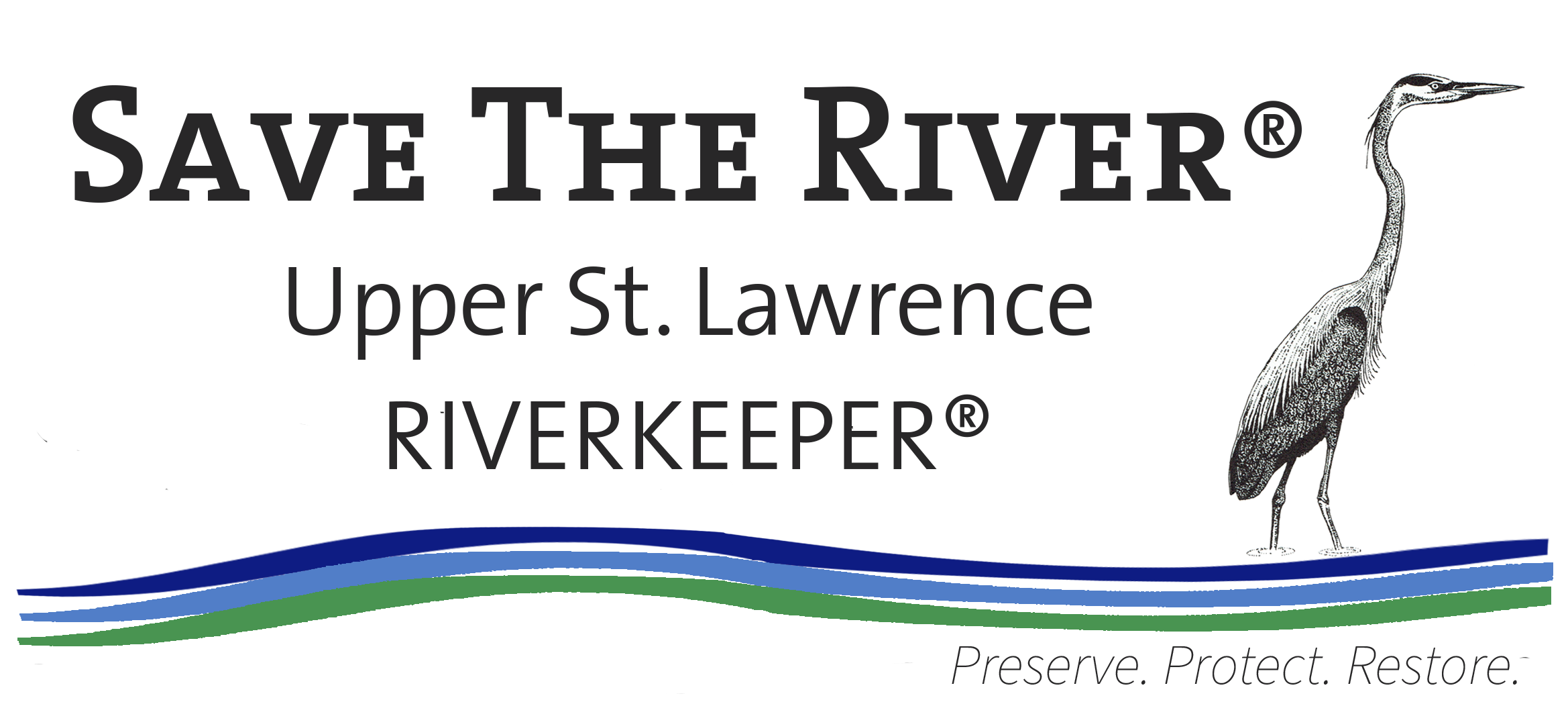Originally published by ABC50 on August 25, 2022
WELLESLEY ISLAND, N.Y. (WWTI) — This isn’t a sports arena on Wellesley Island.
It’s the new Alexandria Bay Port of Entry.
Led by the General Services Administration, the new Customs and Border Protection Facility was a major improvement at the U.S.-Canada Border as it enhanced border safety while also prioritizing efficiency.
However, a blinding aspect is now being disputed: Light control.
Local residents have reported that at night, the facility lights up the sky and can create “daylight conditions.”
In a final environmental assessment released in 2009, the General Services Administration said that the “maximum illumination at the facility [would] be in the vicinity of the inspection lanes, at an elevation of 287 feet above sea level.”
The assessment compared this level to nearby homes, stating that these residences were at an elevation of roughly 279 feet above sea level, a difference of about 6.5 feet.
The GSA also said that “residences further to the east and north” were at a “lower topography,” saying that it was “unlikely” that lighting would interfere with residential areas.
However, based on what can be seen during the nighttime hours, lighting is affecting nearby residents.
“We live just around the corner [from the facility],” Wellesley Island Resident Joe Lekoske said. “I can sit in my living room at eleven-o-clock at night, with no lights on in the house and read a newspaper.”

Lekoske has been involved with the new facility since it was proposed in 2007. He explained that he advocated for darker skies, but because of the density of lighting, impacts were felt immediately.
“For sure the light has gotten brighter. I think there are twenty-five or thirty, sixty or seventy foot light poles, with five, six or seven lights on each one,” he explained.
According to the International Dark Sky Association, artificial light at night, or light pollution, can have negative impacts on human health due to disruptions in sleep patterns and decreased melatonin production. Research suggests that this light can also increase risks for several diseases such as obesity, depression, sleep disorders and more.
Light pollution can also affect wildlife. Local organization Save The River is also now involved it learned of numerous complaints since the Facility was completed.
“We’re hearing from people over there that they can’t sleep well, they can’t enjoy the night sky, they can’t see the stars. Things that are so much a part of our fabric up here,” Save The River Executive Director John Peach said. “We’re concerned that this lighting is doing and the negative effect it is having on the [St. Lawrence] River.”
The facility on Wellesley Island is located near protected forest and wetland areas, with one wetland completely illuminated at night. Lauren Eggleston, who is the assistant director at Save The River, said this is a major concern.

“For humans, we know to go to sleep, but for animals, they don’t know that light is artificial,” Eggleston explained. “It might impact their navigation sense, it might impact their sleeping rhythm. There are a lot of different ways they can be impacted.”
However, because security is a high priority at the Customs Facility, the push from residents is not to remove the lights, it’s to minimize its spread.
“At the moment, [the light] radiates 360 degrees,” Eggleston stated. “The ideal would be to have a cap on the top of the lights that would change it so it’s radiating 180 degrees. Those are really small steps that can make a huge difference.
Additional suggestions include putting lights on a timer, and angling lights to flood directly into traffic lanes.
Lekoske has been one of the residents advocating for these changes, which have led to the installation of new brackets on the pole lights.
The GSA is currently installing these brackets to angle lights down towards traffic lanes. This angling process began on August 24, and more updates are expected in the coming months.
